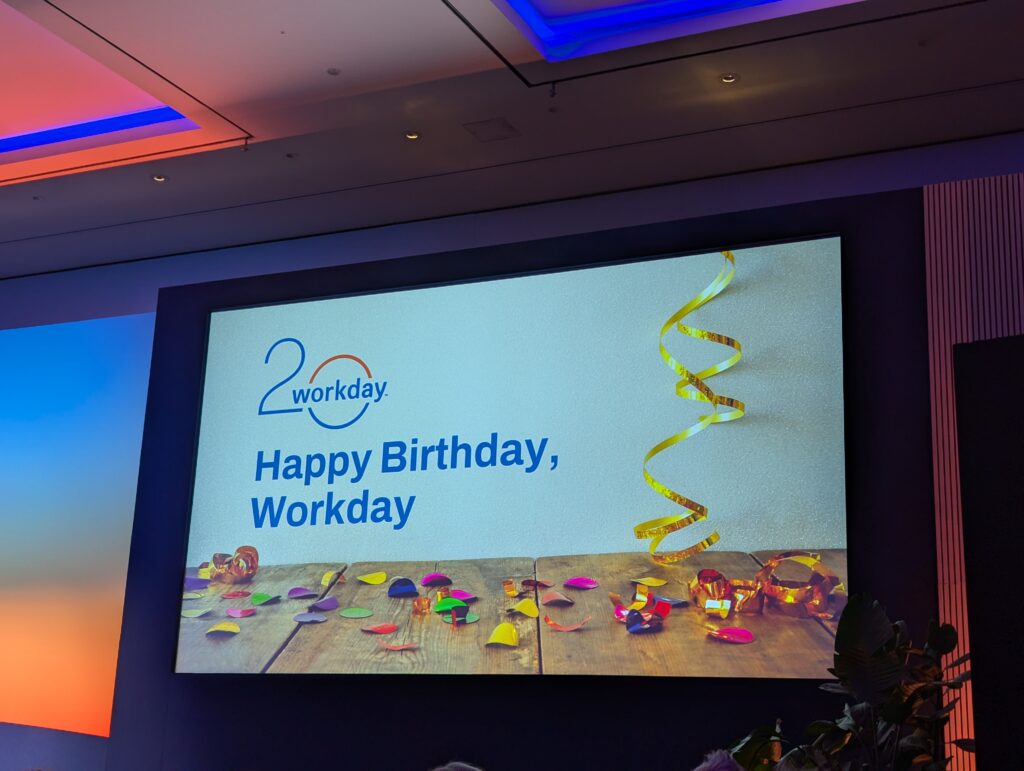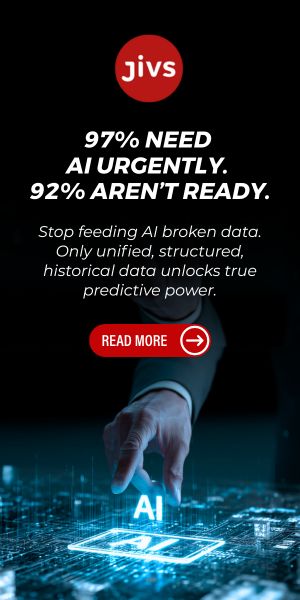Workday has introduced the next generation of its patented Elastic Hypercube Technology (EHT) to help organizations manage changing business needs.
The intelligent modeling engine that powers Workday Adaptive Planning aims to address the growing demands on organizations as they model more complex business scenarios and expand planning to more users.
The next generation EHT in Workday Adaptive Planning is now enhanced with new embedded AI and performance improvements that efficiently calculate complex models by elastically adding memory and compute power as needed, resulting in dynamic, automatic scaling. The new technology is designed to support even the most complex multi-dimensional planning requirements and a high level of concurrent users, without sacrificing speed or performance. Workday Adaptive Planning customers are expected to see benefits with optimized speed and performance, higher user concurrency support and accelerated data integration.
With more dimensionality, new types of data and data sources, the emergence of AI and machine learning (ML) adding even more complexity to the planning process, it is becoming increasingly important for business planning tools to deliver ease of use, speed and scale.
Dennis Yen, general manager of Workday Adaptive Planning at Workday, said: “With our continued EHT innovations – including adding to the solution’s existing AI and ML functionality – Workday Adaptive Planning is helping more than 6,000 companies take control and plan proactively for their futures by providing continuous planning, company-wide planning, deeper insights and the ability to adapt and perform at scale.”
The technical innovations and embedded AI have already enabled organizations like Boeing and Mondelēz International to meet the growing scale and complexity of considerable enterprise planning.
Boeing transformed its workforce planning from a siloed process to a flexible, consistent and scalable solution with Workday Adaptive Planning. By storing all its workforce data in one system, Boeing has been able to standardize processes and increase visibility into open job requisitions, driving cost savings and operational efficiency.
Jeremy McCann, manager of enterprise workforce planning at Boeing, said: “We transitioned from hundreds of manual spreadsheets in favor of a more flexible configuration on Workday Adaptive Planning, effectively eliminating our reliance on datasets that were disconnected from each other, which came with extra costs to administrate.”
Similarly, with the help of Workday Adaptive Planning, Mondelēz International has been able to work more effectively and make faster, more strategic decisions about the future of its non-production workforce.
Marcel Sakr, functional lead, performance, rewards and workforce planning of Mondelēz International, said: “Planning is becoming more complex for large organizations and with more than 90,000 employees across 82 countries, workforce planning at Mondelēz is no exception.
“With Workday Adaptive Planning, we’re able to analyze high volumes of data with multiple dimensions and pull detailed reports in seconds versus minutes. The next generation EHT has helped us gain employee-level visibility and simplify our monthly plan-to-actuals variance analysis, saving time and driving faster analysis decision-making.”






